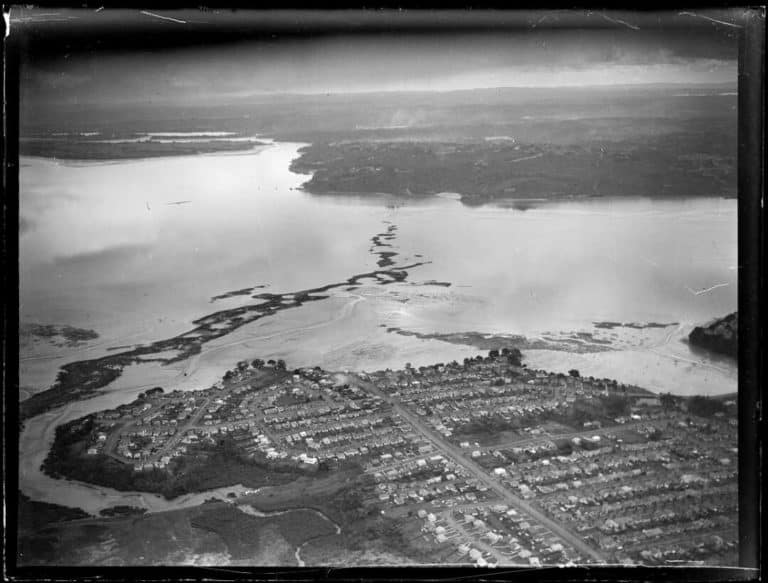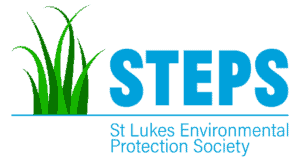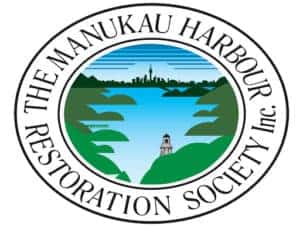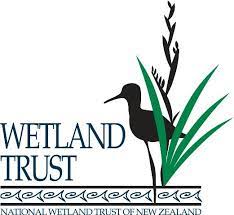Meola Reef Te Tokaroa is a remnant of Auckland’s volcanic past. It is moulded from the longest lava flow to spill through Auckland’s volcanic field. The 11-kilometre lava flow originates from Te Kōpuke/Mount Saint John, and flows through central suburbs to reach the shores of the Waitematā Harbour. A two-kilometre tidal tongue of basalt reef stretches into the harbour, revealing itself at low tide and inviting adventure. The lava flow has created a natural labyrinth of mangroves and rippled rock. Navigating a way through this maze is a unique experience and makes for an intriguing Auckland city centre walk or overnight trip.
Meola Reef Reserve is an area of immense geological interest. The name Te Tokaroa roughly translates from te reo Māori as ‘toka’ meaning ‘rock’ and ‘roa’ meaning ‘long’, so the “long reef”. The place where the waters of Waititiko/Meola Creek (“water of the periwinkles”) and Waiorea/Motions Creek (“waters of the eel”) meet is known as Te Hononga o Ngā Wai, meaning the joining of waters.
The name ‘Meola’ supposedly comes from a glacier in India where Allan Kerr Taylor was born and lived until the age of eight. The Kerr Taylor family lived in Mount Albert near the source of Meola Creek in the historic Alberton House. Auckland city is in the unique position of being built on a volcanic field. Not many people pay attention to the fact they are walking across hardened lava. Exploring Meola Reef Te Tokaroa via a half day walk is a unique opportunity to connect to this part of Auckland’s heritage. Meola Reef Reserve is also a conservation area and is being restored through native plantings, predator control and weed removal. A day walk here is an immersive way to feel closer to the natural world thriving even in the midst of the city.
One of Auckland’s great hidden walks, Meola Reef Te Tokaroa is an accessible wilderness adventure. Despite being so close to the city centre, this slice of lava land is easy to reach and suitable for a range of ages and fitness levels.
A walk around Meola Reef Te Tokaroa is an opportunity to appreciate the wilderness that lives all around us, and feel more connected to the natural landscapes of Tāmaki Makarau. While walking along the reef, you’ll be able to see and explore ecosystems existing in the middle of the city, including the salt marsh and abundant mangroves, and the birds and intertidal organisms that live on the reef. Some of the birds seen in the area include kingfishers, silvereyes, pied cormorants and variable oystercatchers. At low tide, the reef is exposed. The solid basalt rock of the reef forms rough hexagonal shapes called columnar joints. These cracks are formed when a thick basalt lava flow cools down. The most famous example of this is the Giant’s Causeway, in Ireland; Meola Reef is an example of this phenomenon right here in Auckland.
Other sights you’ll enjoy on this walk are a sunken boat listing in the low tide flat, and across the harbour the distinct pink buildings of the Chelsea Sugar Factory.
Exploring Meola Reef Te Tokaroa is a literal walk in the park, which means this is suitable for various ages and fitness levels. We guide you on a walk along the reef at low tide. Whether you opt for a half day walk along the two-kilometre tidal tongue of the reef, a full day experience covering the full lava flow from Te Kōpuke / Mt St. John volcano to the reef , or an overnight experience, Meola Reef Te Tokaroa is an ideal setting for exploration and education. Make sure you wear sturdy shoes – the oyster shells on the reef can be sharp, and mud slippery. The reef is quite exposed so you should also wear a hat and sunscreen. As well as discovering the ecology of the area, a walk around Meola Reef Te Tokaroa is an opportunity to look back at some of central Auckland’s fascinating but almost forgotten history.

Meola Reef Te Tokaroa is an area with significant history. It was once an area of significance to Maori. Later, when Europeans took over the area, it morphed from a farming area to a quarry, to the site of a potential asylum, was briefly considered as a base for the Auckland harbour bridge, and was later used as a rubbish dump.
According to Māori legend, Te Tokaroa was formed when a hapū of patupaiarehe (fairy people), nocturnal supernatural creatures who lived in the darkness of the Waitakere ranges, fled from another warring hapū. They tried to escape by building a rock causeway across the harbour, but they were so focused on their escape that they didn’t notice the rising sun. When dawn arrived, the night dwellers perished in the light. The tree limbs sticking out of the lava flow of the reef named ‘Te Toka Roa’, are said to be the bones of the Patupaiarehe fairy people, petrified by the sun. Many years ago, Te Tokaroa was a valuable mahinga kai site, providing food for Maori travellers who would fish, or gather shellfish or flax from the area. Maori people stayed in the area until 1861, when European settlers arrived and started building on the land between Meola and Oakley Creeks. The few remaining Maori abruptly left.
As farms gave way to more houses and a growing urban area at the turn of the 20th century, Jaggers Bush Reserve and the Meola Reef Te Tokaroa area were used as landfill sites. This continued from 1930 up until 1976. As well as residential waste, concrete, car parts, and even dead zoo animals were dumped at the site over the decades. On a guided walk along the reef, we will introduce to you these forgotten histories of the area, and give you new perspectives on a familiar place.
An Auckland day walk along Meola Reef Te Tokaroa is ideal for school trips, or families looking for an educational day out. Get in touch with us today to make a trip enquiry, and find out how we can tailor this central city walk for your group.

St. Lukes Environmental Protection Society was incorporated in 2005 to protect and enhance the environment and amenities in the St Lukes area.

The Manukau Harbour Restoration Society (MHRS) was formed in 2011 by Auckland residents living around the harbour committed to improving the condition of the harbour and its environs.

The National Wetland Trust (NWT) – is a nonprofit organisation established in 1999 to increase the appreciation of wetlands and their values by all New Zealanders.